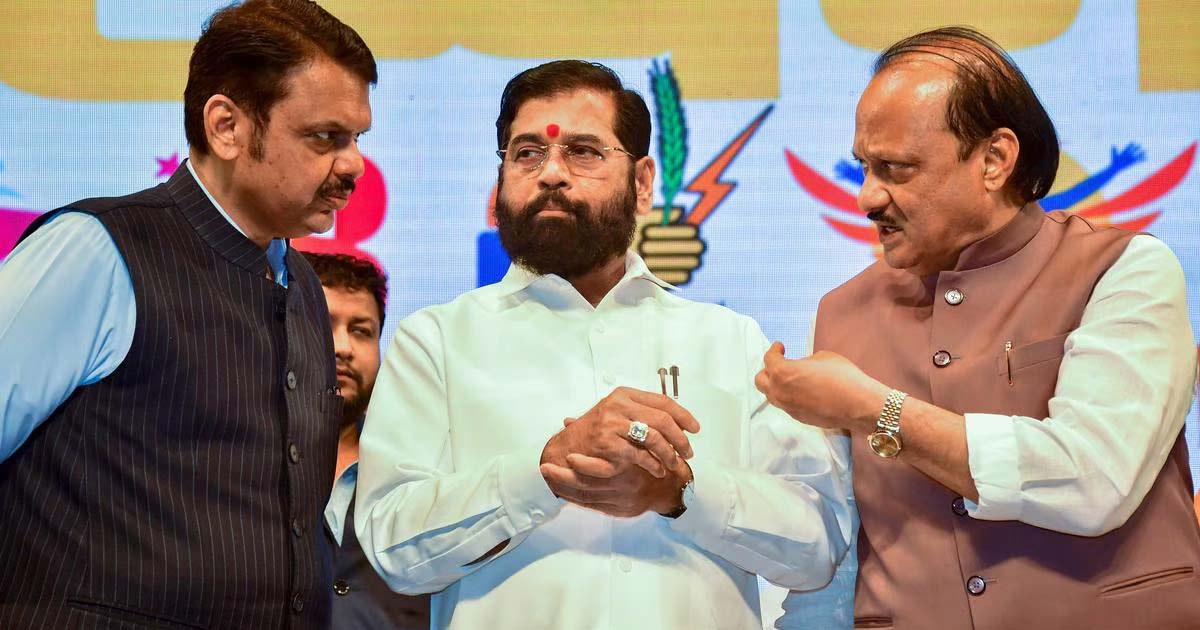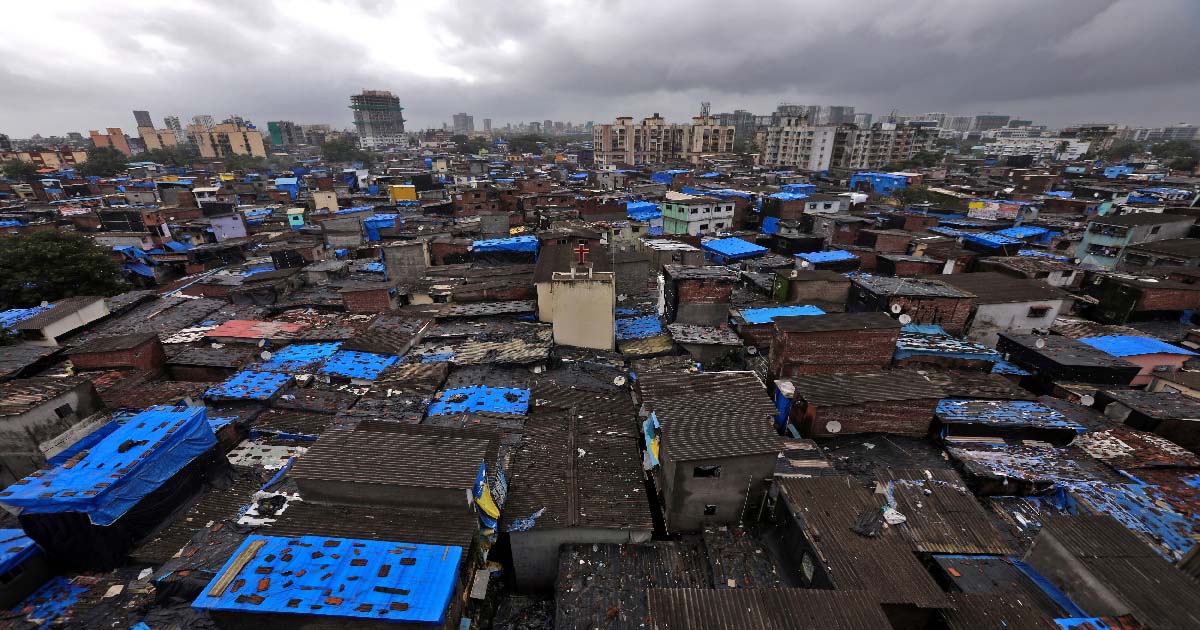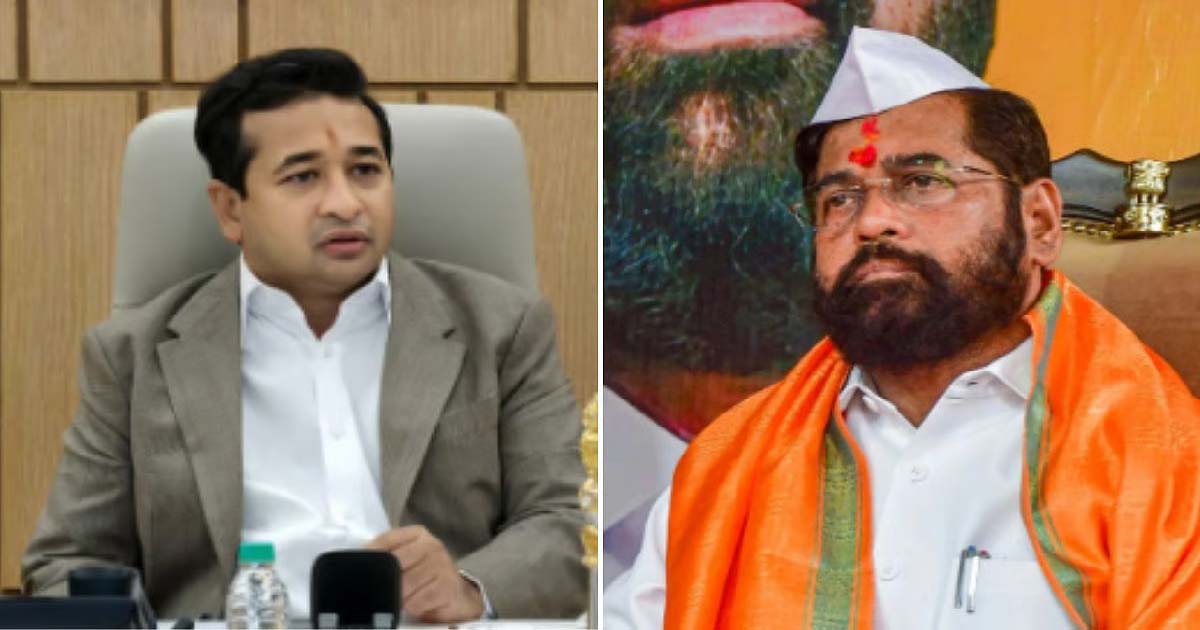Maharashtra
Maharashtra Assembly Elections 2024: Will Mahayuti Secure Clean Sweep? Here’s What Exit Polls Have To Say

Mumbai: The 2024 Maharashtra Assembly elections have captured the nation’s attention, with exit polls projecting a potential victory for the ruling BJP-led Mahayuti alliance. If these predictions hold, the implications could ripple far beyond the state, reshaping political alliances and strategies.
Of the nine exit polls released after Wednesday’s polling, six forecast a clear majority for the Mahayuti, while two favor the opposition Maha Vikas Aghadi (MVA). The remaining survey predicts a hung assembly, adding intrigue to an already charged political atmosphere.
Exit Polls
Surveys conducted by Poll Diary, Chanakya Strategies, Matriz, People Pulse, P-Marg, and CNX indicate that the Mahayuti will secure a comfortable majority, with seat projections ranging from 122 10 195. In contrast, SAS Group and Electoral Age give the edge to the MVA, projecting between 147 and 155 seats. Lok Shahi Marathi-Rudra stands apart, suggesting a hung assembly with both alliances within striking distance of forming the government. Poll Diary predicts the Mahayuti winning between 122 and 180 seats, with BJP emerging as the single largest party with 77-108 seats.
Chief Minister Eknath Shinde’s Shiv Sena faction is expected to secure 27-50 seats, while Deputy Chief Minister Ajit Pawar’s NCP faction might claim 18-28. On the other hand, the MVA could win 69-121 seats, with Congress (28-47), Shiv Sena (UBT) (16-35), and Sharad Pawar’s NCP (25-39) splitting the tally. Chanakya Strategies suggests the BJP crossing 90 seats, while Shinde’s Sena and Pawar’s NCP faction may win 48 and 22 seats, respectively. The MVA’s Congress faction could secure 63 seats, Thack- erays Sena 35, and Pawar’s NCP around 40.
The CNX survey provides one of the highest estimates for Mahayuti, predicting 160–179 seats against the MVA’s 110–119. Conversely, the SAS Group and Electoral Age buck the trend, forecasting an MVA majority, with Congress as the dominant party in its fold. The Maharashtra elections have been characterized by shifting political allegiances and a highly polarized campaign.
Impact Of Splits
Splits in both the Shiv Sena and the NCP have significantly influenced the electoral landscape, with the BJP deftly maneuvering to capitalize on these divisions. Ajit Pawar’s defection from Sharad Pawar’s NCP has bolstered the Mahayuti’s urban and semi-urban appeal, while Eknath Shinde’s leadership has sought to consolidate rural and middle-class votes. The BJP’s campaign has centered on economic stability and infrastructure development, positioning itself as a harbinger of continuity and growth. On the other hand, the MVA, comprising the Congress, Shiv Sena (UBT), and Sharad Pawar’s NCP faction, has tried to portray itself as a viable alternative, focusing on farmer distress, unemployment, and regional disparities. However, internal fractures and an inability to present a united front have undermined its appeal in crucial swing regions.
The 58.43% voter turnout, slightly lower than previous polls, indicates heightened interest in rural constituencies, traditionally seen as swing zones. The areas often determine the final outcome, and Mahayuti’s robust rural outreach could prove decisive. Exit polls suggest urban areas, particularly Mumbai and Pune, have leaned towards the BJP-led alliance, reflecting its resonance with middle-class and youth voters. However, the MVA has found support in agrarian districts, where anti-incumbency and dissatisfaction with government schemes are palpable. A decisive victory for the Mahayuti would bolster the BJP’s momentum ahead of the general elections, reaffirming its dominance in India’s political heartland.
A Key Battleground
Maharashtra, with its 48 parliamentary seats, is a key battleground for any national coalition, and a BJP-led sweep in the assembly could significantly influence Lok Sabha dynamics. Moreover, a Mahayuti win could further marginalize opposition parties like Congress and the NCP, which are already struggling to remain cohesive. It would also validate the BJP’s strategy of co-opting regional leaders like Ajit Pawar and Shinde, signaling a shift in how regional coalitions are formed and sustained. For the MVA, a strong performance could reinvigorate its standing as a formidable opposition bloc. It would demonstrate that voter dissatisfaction with the BJP’s policies can translate into tangible electoral gains, energizing anti-BJP forces across India.
All Eyes On The Final Tally
As counting day approaches on November 23, all eyes will be on the final tally. If the Mahayuti secures a decisive majority, it will not only cement the BJP’s position in Maharashtra but also reshape the national political landscape. Conversely, a surprise victory for the MVA or a hung assembly could pave the way for post-poll alliances, injecting further uncertainty into the political narrative. Ultimately, the Maharashtra elections have underscored the dynamic interplay of local and national politics, offering a preview of the strategies and alliances that will define India’s electoral future.
Maharashtra
Dharavi Rehabilitation Project: Raj Thackeray has also organized a public meeting on December 7 against the shortcomings of the project with Dharavi.

Mumbai: MNS chief Raj Thackeray has also started opposing the Dharavi development project. Earlier, Uddhav Thackeray had opened a front against Adani, but now Raj Thackeray has also joined the ranks. Now both the brothers have united against the Adani project. The political atmosphere has heated up over the Dharavi rehabilitation project, Asia’s largest slum. Shiv Sena chief Uddhav Thackeray has opposed the Dharavi project. Now MNS president Raj Thackeray has also joined it. A public meeting has been organized at Kamaraj Ground on December 7. In this meeting, Raj Thackeray can take some important steps with Dharavi. Everyone’s attention is on this rally. Dharavi Bachao Samiti has organized an all-party meeting at Kamaraj School Ground on December 7. The main objective of this meeting is to raise voice against the shortcomings of the Adani Group’s survey. The committee has alleged that in the name of redevelopment, old residents were included in the survey. And the eligible residents are being ignored, due to which the eligible residents are at risk of losing their homes. The local people have organized this meeting to bring all party leaders on one platform. It is expected that the Thackeray family will be seen together in this meeting. Earlier, Aditya Phakre has also opposed this project. The Dharavi Bachao Committee has also invited Raj Thackeray in the meeting. If the two brothers unite and rise against this project, then it is a challenge for the Adani Group and the government. To change the face of Dharavi, this project has been started on a 600-acre plot of land in the middle of Mumbai. The government claims to provide better houses and facilities to the residents of this place. The contract for this complete redevelopment project has been given to a company of the Adani Group. The current plan is to provide free houses of 405 square feet to the slum dwellers.
Maharashtra
Maharashtra Politics: Amid Reports Of Rift In Ruling MahaYuti, Dy CM Eknath Shinde’s ‘Coalition Dharma’ Message To Allies Ahead Of Civic Polls

Maharashtra: Amid rising political noise ahead of the civic body elections, Maharashtra Deputy Chief Minister Eknath Shinde on Monday firmly ruled out any differences between the BJP and the Shiv Sena. Speaking to the media, Shinde maintained that the alliance was united and committed to contesting the upcoming polls together.
His remarks came at a time when some Sena leaders have crossed over to the BJP, sparking speculation about stress within the ruling coalition. Shinde clarified that he had raised the issue directly with Chief Minister Devendra Fadnavis and received assurances that the situation would be corrected.
Shinde said the two partners must avoid actions that create mistrust or weaken the alliance. According to him, both sides agreed that leaders should not attempt to pull members from the other party.
“The Chief Minister agreed that this must stop. We have to contest the elections as an alliance, and there will be Lok Sabha elections after this. We must not do anything that causes misunderstandings. Each of us must follow the alliance dharma,” he said, adding that neither party would encourage corporators to switch sides.
He noted that Fadnavis had promised to speak to BJP leaders to prevent further defection attempts.
Even as top leaders attempt to restore calm, friction remains at the ground level. Elections in 246 municipal councils and 42 town panchayats were earlier scheduled for December 2. However, the State Election Commission has postponed polls in more than 20 councils due to procedural lapses and pending court matters.
In Sindhudurg, a stronghold for both the BJP and the Shinde faction, tensions escalated when the police registered a case against Nilesh Rane of the Shiv Sena. He allegedly entered the home of a BJP supporter, claiming he had discovered bags of cash meant for distribution to voters. The complaint triggered a fresh political flashpoint.
His brother, state minister Nitesh Rane of the BJP, rejected the allegations and defended local workers by saying they earn legitimate business income. He also criticised Sena workers who are supporting a rival faction candidate, stating it undermines Shinde’s previous justification for rebelling against the Uddhav Thackeray led government.
Reacting to the conflict, Fadnavis remarked that he supports people who conduct themselves properly. He admitted that the situation involving the Rane brothers was unfortunate and said the matter would be reviewed after the elections.
The political strain is not entirely new. Last month, ministers from the Shinde led Shiv Sena skipped a state cabinet meeting hours after the BJP inducted two leaders who had previously contested against Sena MLAs. The incident had raised eyebrows over the balance of power within the alliance.
Maharashtra
Maharashtra Politics: Nitesh Rane Questions Dy CM Eknath Shinde’s Rebellion Amid Sena Workers Campaigning For Shiv Sena (UBT) Leader Sandesh Parkar

Mumbai: Maharashtra minister and BJP leader Nitesh Rane has said Shiv Sena workers campaigning for a rival Sena (UBT) candidate in Sindhudurg raised doubts about Deputy CM Eknath Shinde’s past claims that he rebelled against the then MVA government due to “injustice”.
Rane said the situation raised serious doubts about the justification of Shinde’s rebellion in 2022. Notably, the BJP leader’s elder brother, Nilesh Rane, is an MLA from the Shinde-led Shiv Sena.
“Eknath Shinde had claimed he witnessed injustice to Shiv Sena workers under then chief minister and Shiv Sena head Uddhav Thackeray, hence, he rebelled. If he rebelled then, why are his party workers campaigning for Sandesh Parkar, a leader of the Uddhav Thackeray-led Shiv Sena (UBT) and candidate in the Kankavli municipal council elections?” Nitesh Rane asked while speaking to reporters in Sindhudurg district on Saturday evening.
Not only the people of Sindhudurg, but the entire Maharashtra will ask Shinde whether there is any meaning left to his so-called rebellion, the BJP leader said.
The latest outburst against Shinde came at the fag end of the campaigning for the first phase of local body polls, scheduled for December 2, marked by shifting political alliances and one-upmanship bids by leaders of the ruling Mahayuti allies – BJP and Shiv Sena.
Shinde engineered a split in the undivided Shiv Sena in June 2022, leading to the collapse of the Uddhav Thackeray-led Maha Vikas Aghadi (MVA) government.
He then allied with the BJP and became the chief minister, with BJP’s Devendra Fadnavis sworn in as deputy CM.
In February 2024, Maharashtra legislative assembly speaker Rahul Narwekar ruled that Shinde’s faction was the “real Shiv Sena”.
After the BJP emerged as the single largest party in the 2024 assembly polls, Shinde resigned from the post of chief minister in December last year, and Fadnavis became the CM.
-

 Crime3 years ago
Crime3 years agoClass 10 student jumps to death in Jaipur
-

 Maharashtra1 year ago
Maharashtra1 year agoMumbai Local Train Update: Central Railway’s New Timetable Comes Into Effect; Check Full List Of Revised Timings & Stations
-

 Maharashtra1 year ago
Maharashtra1 year agoMumbai To Go Toll-Free Tonight! Maharashtra Govt Announces Complete Toll Waiver For Light Motor Vehicles At All 5 Entry Points Of City
-

 Maharashtra1 year ago
Maharashtra1 year agoFalse photo of Imtiaz Jaleel’s rally, exposing the fooling conspiracy
-

 National News1 year ago
National News1 year agoMinistry of Railways rolls out Special Drive 4.0 with focus on digitisation, cleanliness, inclusiveness and grievance redressal
-

 Maharashtra1 year ago
Maharashtra1 year agoMaharashtra Elections 2024: Mumbai Metro & BEST Services Extended Till Midnight On Voting Day
-

 National News1 year ago
National News1 year agoJ&K: 4 Jawans Killed, 28 Injured After Bus Carrying BSF Personnel For Poll Duty Falls Into Gorge In Budgam; Terrifying Visuals Surface
-

 Crime1 year ago
Crime1 year agoBaba Siddique Murder: Mumbai Police Unable To Get Lawrence Bishnoi Custody Due To Home Ministry Order, Says Report












